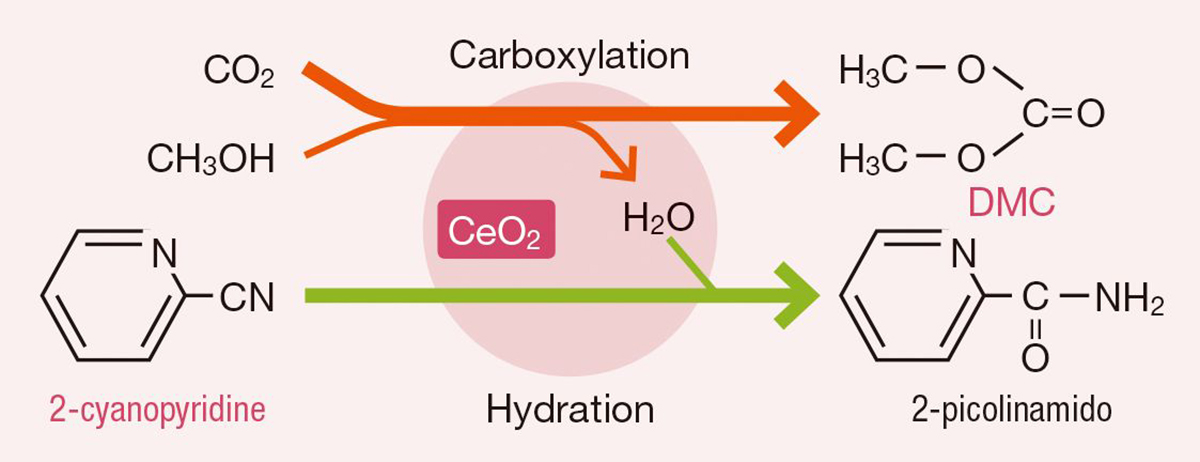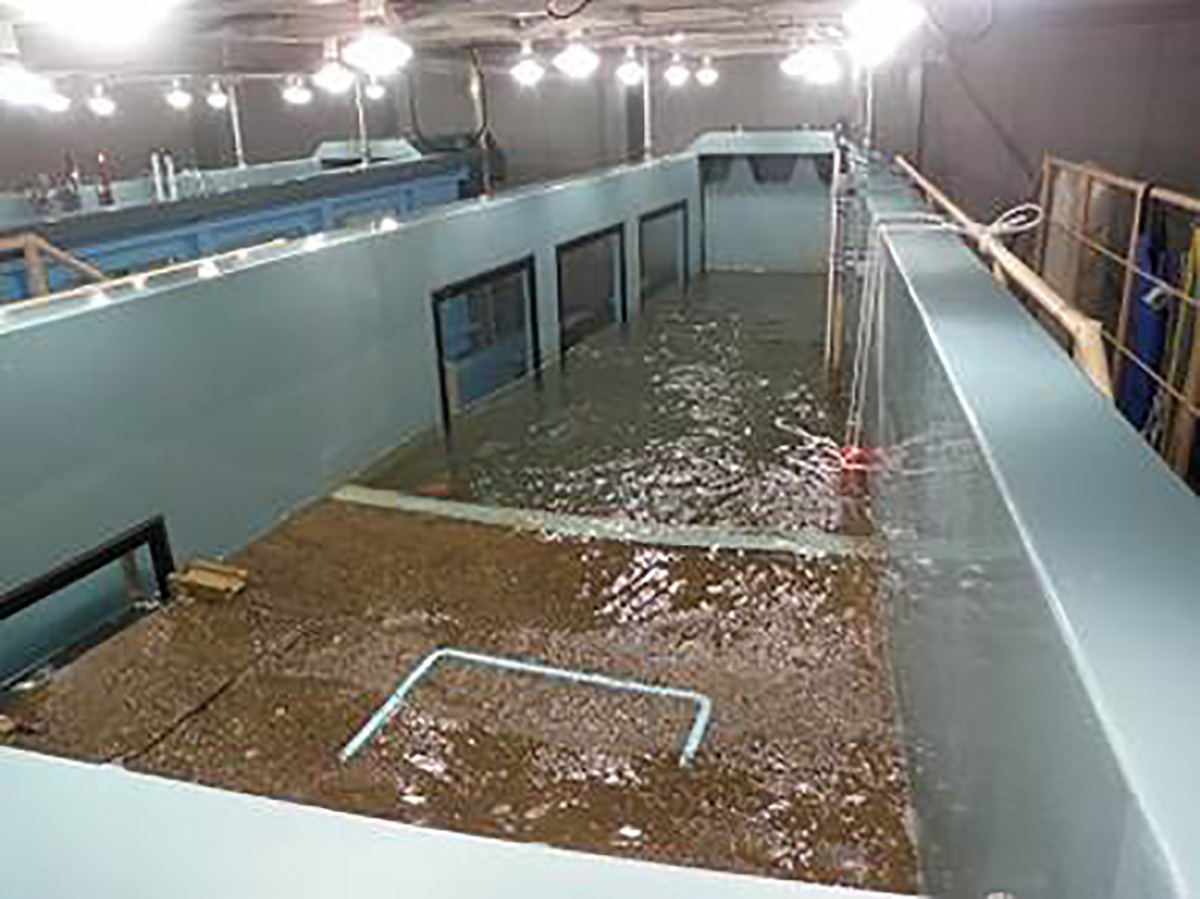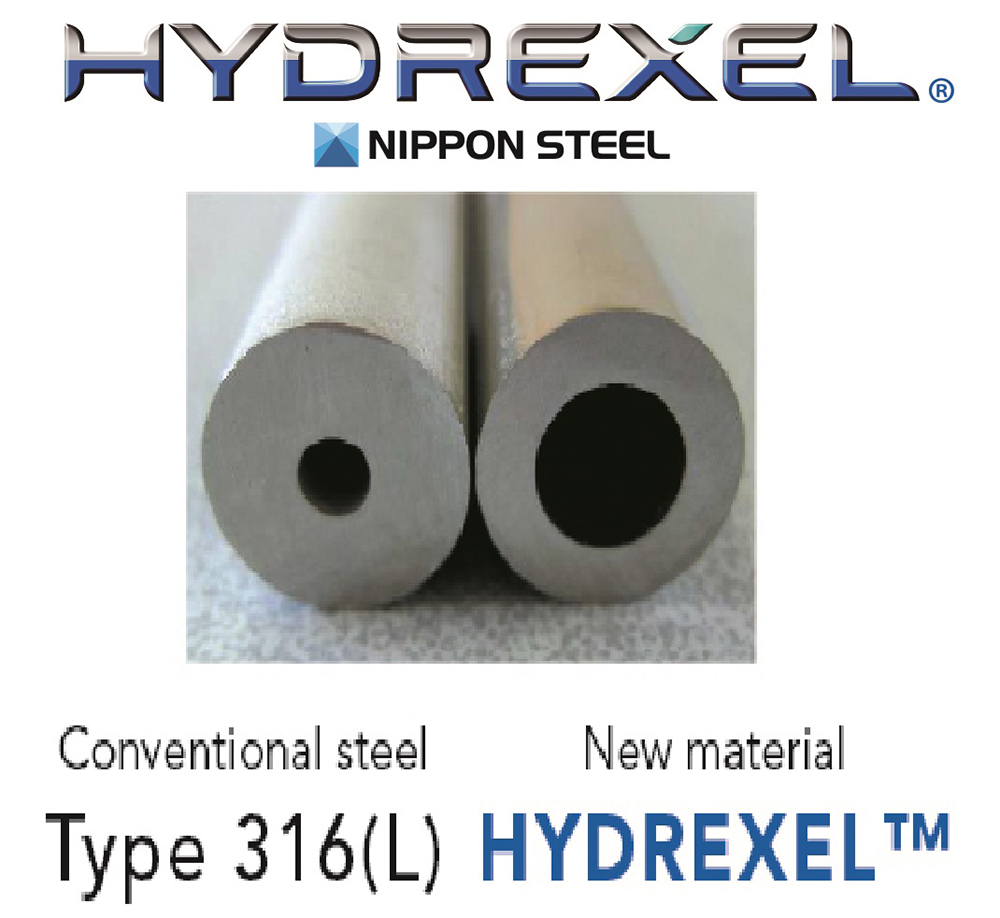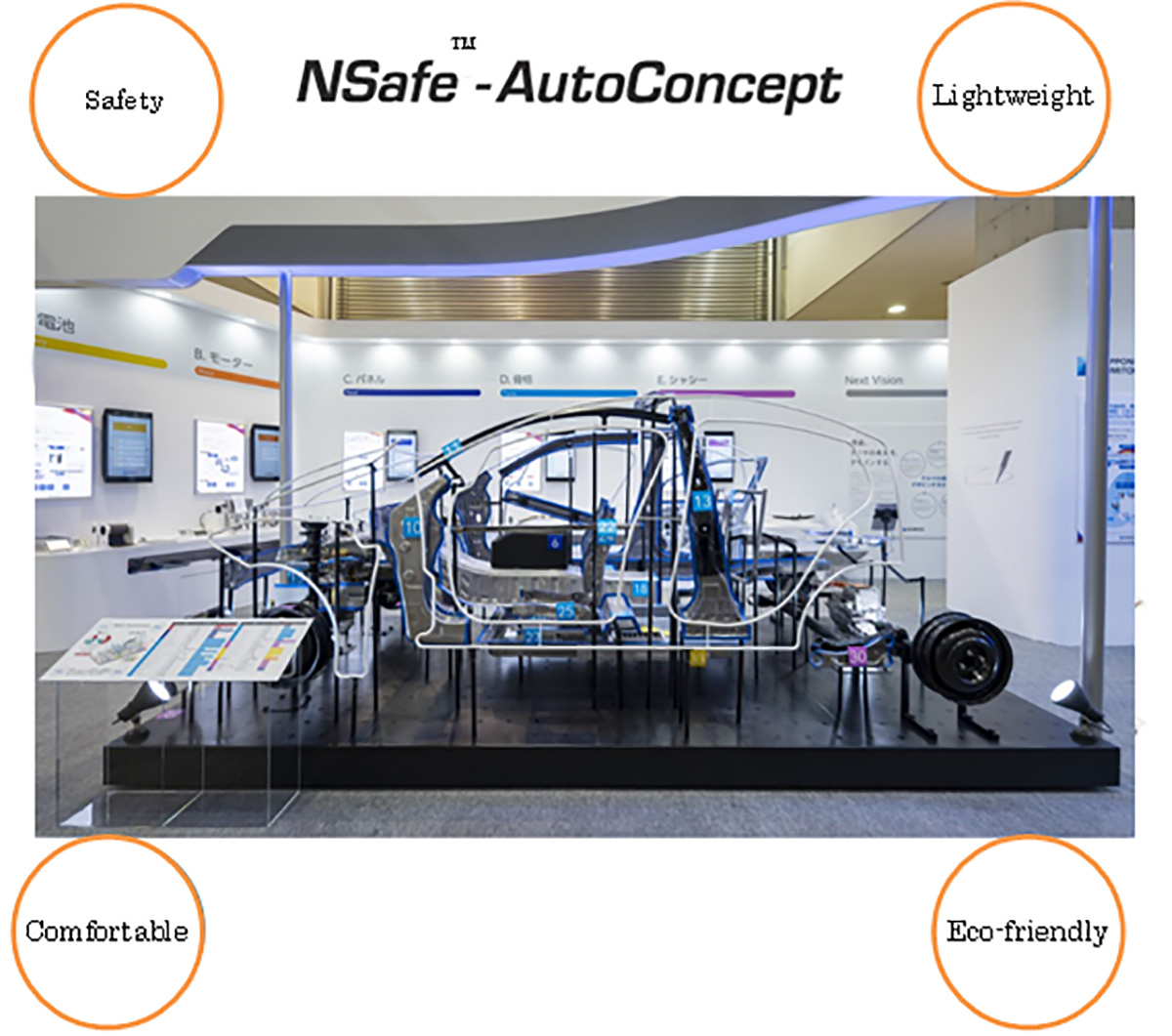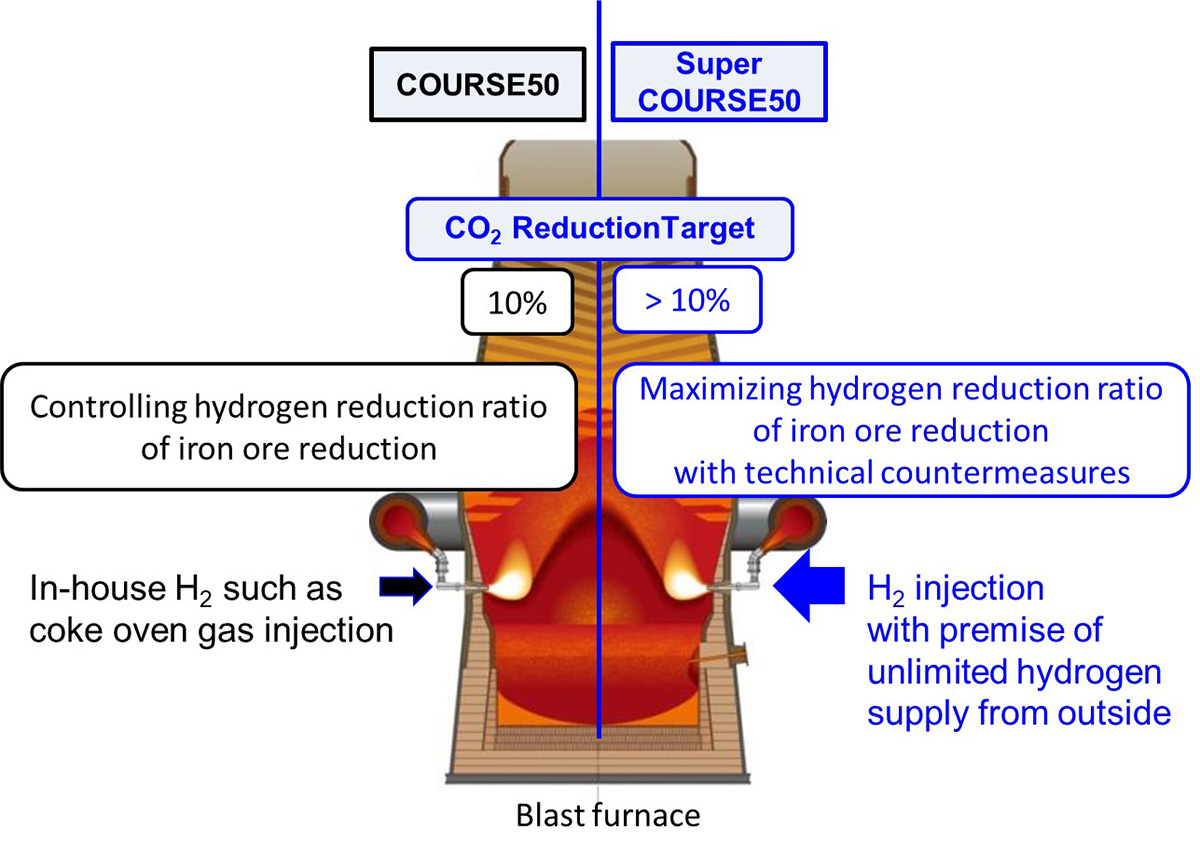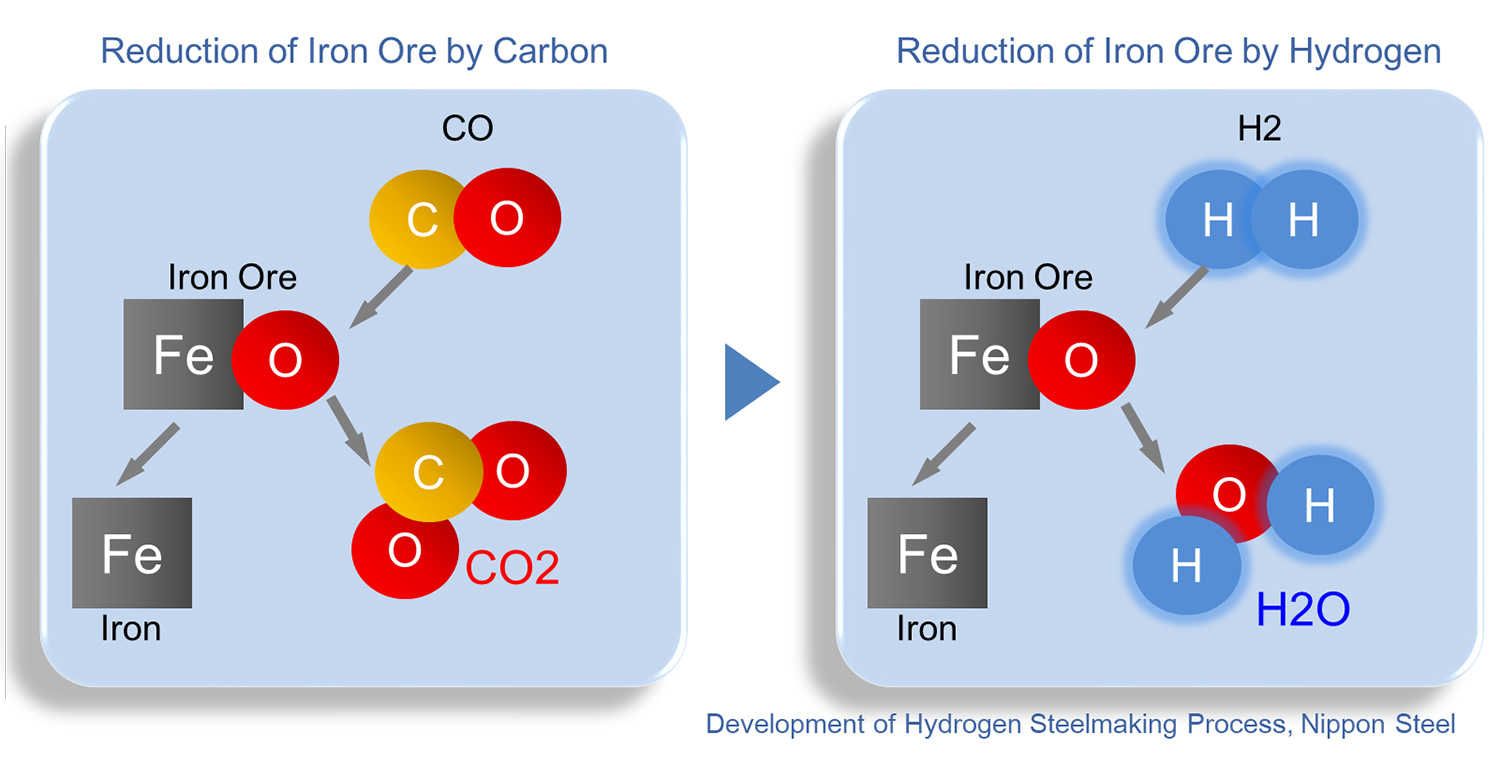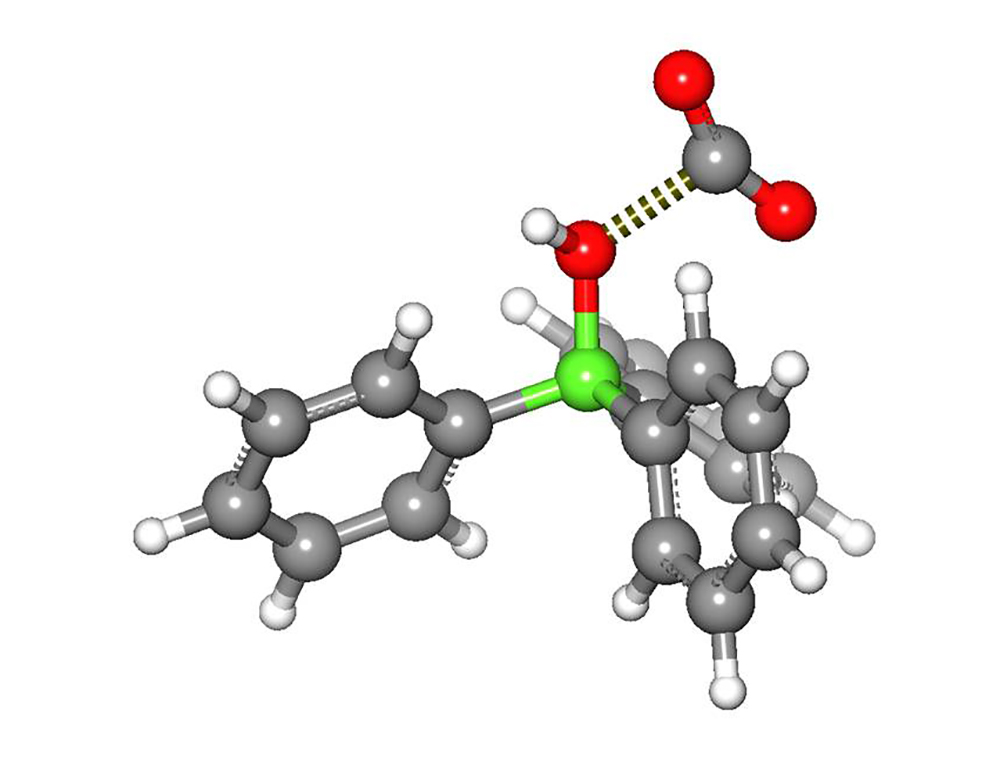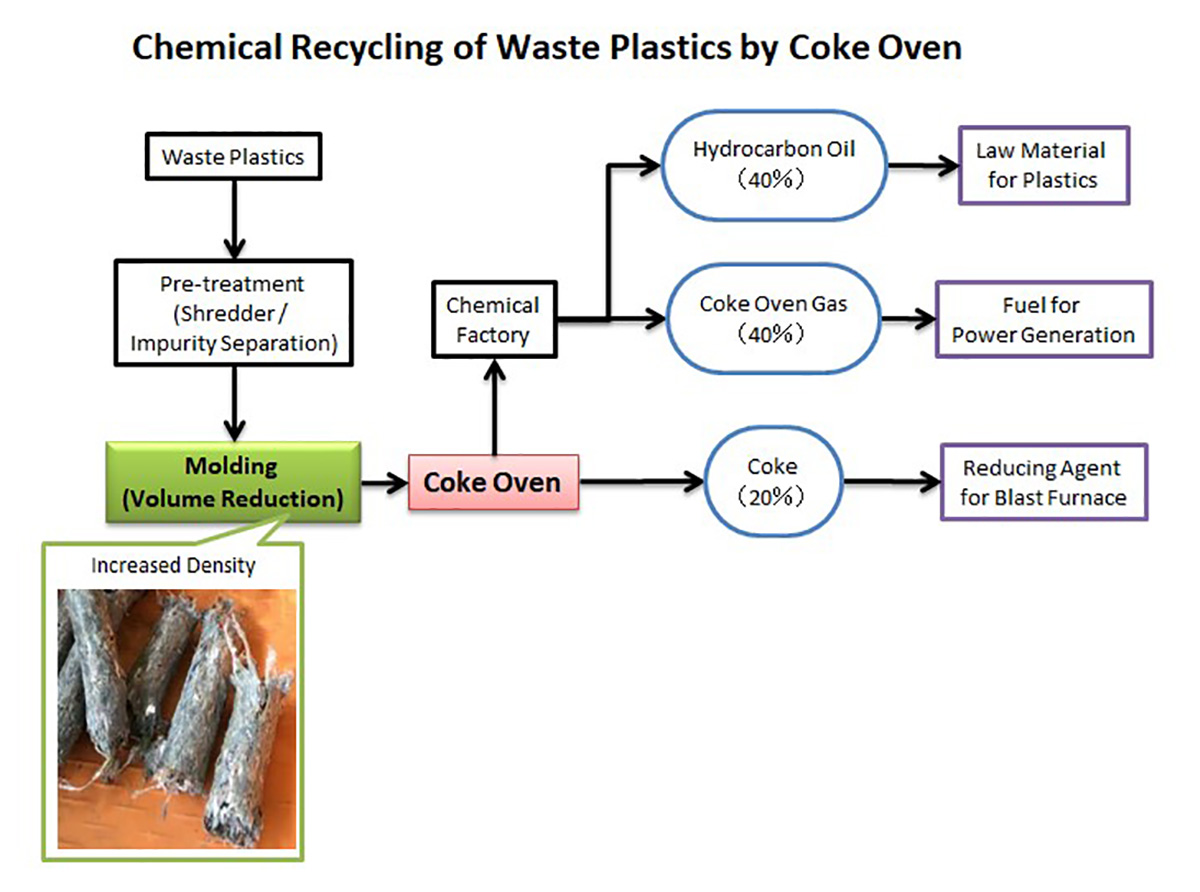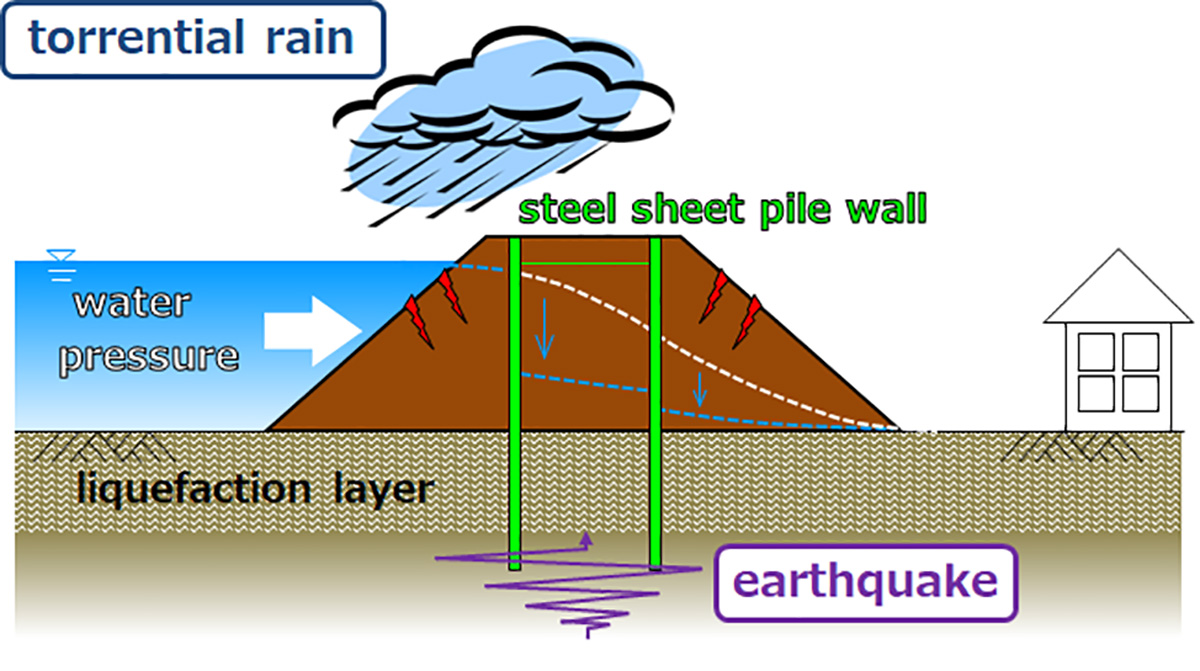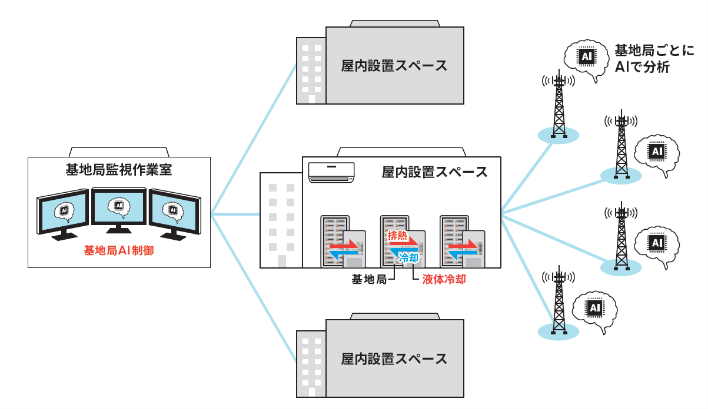Establishment of dimethyl carbonate (DMC) production method using CO2 as raw material
NIPPON STEEL CORPORATION
Outline
Recently, Carbon Capture and Utilization technology, so-called CCU, has been focused, which could be lead to reduce a large amount of CO2 in air of whole world, by recycling and utilizing CO2 as a source of carbonaceous resources. Our company has been developing new DMC (Dimethyl Carbonate) process directly producing from CO2 with Tohoku University and chemical company. DMC is widely used for source of high-performance engineering plastics and Li batteries electrolyte, etc. Until now, DMC has been manufactured using phosgene, which is extremely toxic. Our technology is characterized by applying CeO2 catalyst and 2-Cyanopilidine as a dehydrating agent for this reaction, which convert CO2 to DMC, under relatively lower pressure and lower temperature. This technology succeeds not only to utilize CO2 effectively, but also to exclude phosgene together with improving safety.
Description
a) This challenge
Dimethyl carbonate (DMC) is a raw material for polycarbonate resin, a typical high-performance resin, and is also widely used as an electrolyte for lithium ion batteries. Global production in 2015 was 3.8 million tons, but demand is expected to increase in the future. Until now, CO and toxic phosgene have been used as raw materials for DMC, and therefore, processes using CO2 and methanol (CH3OH) as raw materials have been proposed. However, the problem was that the synthesis was performed at a high temperature and a high pressure of 180 ° C. and 300 atm. As shown in the figure, H2O is simultaneously produced in this reaction. By applying a cerium oxide catalyst that promotes the reaction and a dehydrating agent called 2-cyanopyridine, we have achieved high reactivity (productivity) under mild conditions such as 120 ° C and 1 to 50 atm. We have established process not only effectively using CO2 but also safe and low cost
b) Future challenges
・ Development of regeneration process of the dehydrating agent: yield and reaction rate improvement
・ Development of high-performance and stable catalyst structure
・ Development at pilot-scale process: conformation and improvement at pilot plant test facility, feasibility study, commercial-scale facility design, LCA evaluation
c) Quantitative effects
・ By replacing current DMC production with this technology, CO2 emission reduction effect of about 1 million tons
(Assumption: Based on 0.22 tons of CO2 required for the production of 1 ton of polycarbonate final product (Source: RITE report), it is estimated that about 1 million tons will be used as a global production of 5 million tons of polycarbonate
Partner(s)
Tohoku University
Mitsubishi Gas Chemical Company, Inc.
Nippon Steel Engineering Co., Ltd.
Supplementary information
Nippon Steel Sustainability Report
https://www.nipponsteel.com/csr/report/
Tohoku University Press Release
http://www.tohoku.ac.jp/japanese/2013/06/press20130627-02.html
Other Innovation Challenges
CO2 uptake and carbon storage as blue carbon by utilizing steel slag
NIPPON STEEL CORPORATION
Contributing the hydrogen infrastructure formation by spreading usage of the specialized steel for hydrogen station
NIPPON STEEL CORPORATION
Development and dissemination of Eco ProductsTM that contribute to reductions in CO2 emissions at the point of product use
NIPPON STEEL CORPORATION
Development of CO2 emission reduction technology using hydrogen in blast furnace steelmaking
NIPPON STEEL CORPORATION
Development of Hydrogen Steelmaking Process for Zero Emission
NIPPON STEEL CORPORATION
Provision of solutions for “National Resilience” aimed at adaptation to climate change
NIPPON STEEL CORPORATION
Zero emission hydrogen production technology by artificial photosynthesis
NIPPON STEEL CORPORATION
Similar Innovation Challenges
Accelarating the penetration of renewable energy resources with “Open Energy System”
Sony Group Corporation
Achieving net-zero carbon emissions from plant factories using full artificial lighting
Taikisha Ltd.
Advanced technology for buildings providing energy-saving and comfortable indoor environment (under Net Zero Energy condition)
Mitsubishi Electric Corporation
AI control reduces base station power consumption by up to 50%
KDDI CORPORATION



